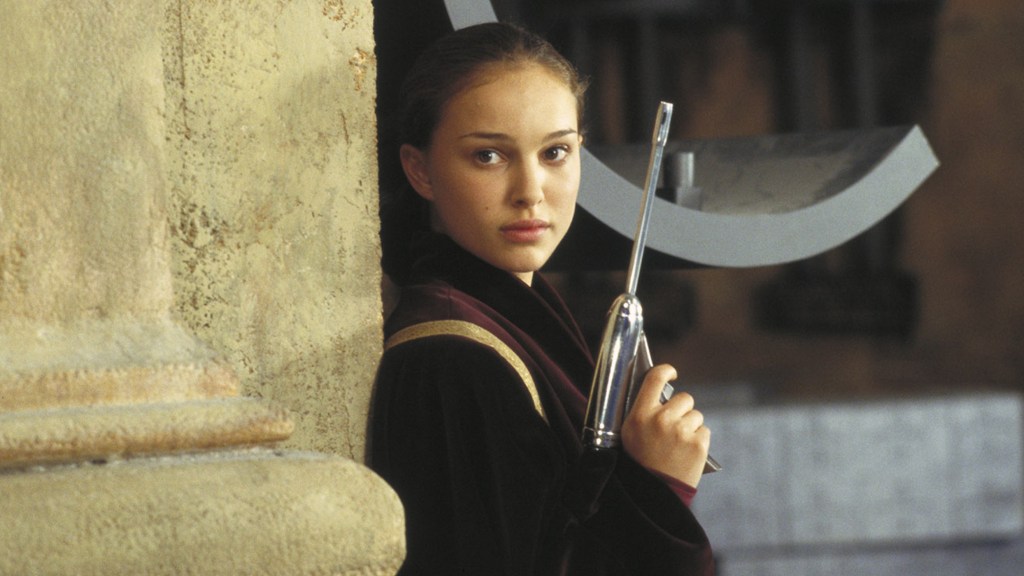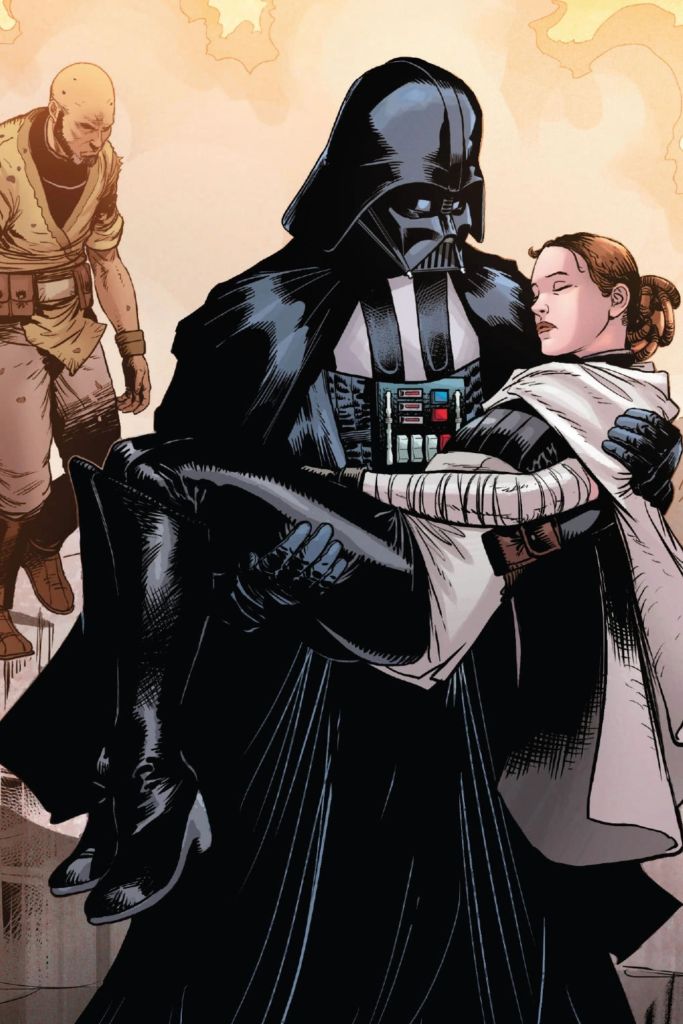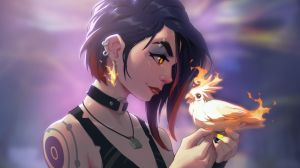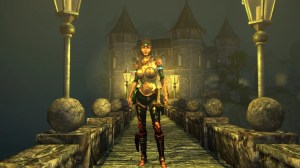It feels surreal to realize that over two decades have passed since Episode I: The Phantom Menace first transported us back to a galaxy far, far away, ushering in a new era filled with fresh faces and unfolding mysteries. Amidst the thrilling podraces and the menacing presence of Darth Maul, one figure immediately captured my attention with her quiet strength and undeniable regal bearing: Padmé Amidala. Even as a young fan, I recognized in her something beyond the typical fantasy archetype. Here was a queen, barely older than myself, who exuded intelligence, fierce independence, and an unwavering commitment to the well-being of her people. She wasn’t relegated to the role of a passive figure awaiting rescue; instead, she was a skilled diplomat, a capable warrior when necessary, and undeniably the very heart and soul of her planet, Naboo. Her poise and conviction left a lasting impression, solidifying her as a character whose significance would only deepen as the saga unfolded. She was, after all, the mother of Luke and Leia, the closely guarded secret that Obi-Wan Kenobi so fiercely protected.
Videos by ComicBook.com
Yet, despite her foundational importance to the entire Skywalker saga, and the thriving landscape of Star Wars comics exploring numerous characters and timelines, Padmé’s presence in this medium has been strikingly, and I believe wrongly, minimal. Her poise and conviction left a lasting impression, solidifying her as a character whose significance would only deepen as the saga unfolded, making her absence from the comic book universe all the more noticeable.
Despite Her Importance to the Entire Skywalker Saga, the Comics Have Largely Overlooked Padmé Amidala’s Untold Stories

Think about the current state of Star Wars comics. The landscape is incredibly vibrant and expansive, offering stories that explore the aftermath of iconic moments like the Battle of Endor, delve into the ancient history of the High Republic era centuries before the Skywalkers, and fill in the gaps that exist between the cinematic trilogies. Characters who played relatively minor roles on the silver screen have been granted rich backstories and compelling character arcs within the pages of comic books. We’ve seen in-depth explorations of figures like Captain Phasma and Qi’ra, and even characters originating from Solo: A Star Wars Story, each receiving nuanced development and expanded lore. Given this dedication to fleshing out the Star Wars universe through comics, the near-total absence of Padmé Amidala feels not only conspicuous but also deeply perplexing.
It’s not as if the well of potential stories surrounding Padmé has run dry. Her life prior to the events of The Phantom Menace is brimming with possibilities just waiting to be explored. From her early political career on Naboo, to charting her swift ascent to the throne of Queen, the options are endless. Comics provide the perfect medium to explore the formative development of her unwavering sense of justice and the honing of her exceptional diplomatic skills, the very qualities that would later make her such a formidable force on the galactic stage.
REALTED: The Inspiration Behind These Classic Star Wars Looks Are Deeper Than You Think
Then there’s the largely uncharted territory of the period between The Phantom Menace and Attack of the Clones. This era remains surprisingly underexplored in the comic book medium. What were Padmé’s experiences as a newly elected Senator representing Naboo in the increasingly turbulent Galactic Senate? How did she navigate the growing political unrest and the subtle manipulations that were beginning to sow discord throughout the Republic? What were her crucial early interactions with other key figures who would later form the Rebel Alliance, such as Bail Organa and Mon Mothma, as they began to collectively sense the ominous shadow of the looming conflict? These are precisely the kinds of stories that comic books excel at telling, offering invaluable insights into the complex political climate that ultimately paved the way for the devastating Clone Wars.
Darth Vader (2020) by Greg Pak saw the return of Padmé’s loyal and devoted handmaidens, long after her death. The handmaidens, as well as others who followed Padmé’s tenets of democracy, refer to themselves as Amidalians as a homage to their lost leader. However, the comics have not explored the relationship with Padmé and her handmaidens during her reign as Queen or time as Senator. An exploration of that vital part of Padmé’s story would make a fascinating comic series.

Of course, the Clone Wars themselves present an almost limitless array of opportunities for Padmé. While the acclaimed Star Wars: The Clone Wars animated series offered valuable glimpses into her involvement in the conflict and her relationship with Anakin, a dedicated comic book series could delve into the specifics of her many missions, showcase her strategic thinking and tactical mind beyond the battlefield, and explore the profound personal toll that the galaxy-spanning war exacted upon her. We could witness her working alongside Anakin, not just in the midst of dramatic battles, but also in the quieter, more intimate and reflective moments, allowing for a deeper exploration of the complexities surrounding their evolving relationship against the backdrop of galactic conflict and rigid Jedi Code.
Padme’s Later Years Also Offer Endless Untapped Potential

Even in the immediate aftermath of the tragic events of Order 66 and her heartbreaking death in Revenge of the Sith, there are still poignant stories to be considered. While her physical presence in the galaxy ended prematurely, her enduring legacy lived on through her twin children. Perhaps a compelling limited series could explore the immediate aftermath on Polis-Massa, the secretive births of Luke and Leia, and the immense sacrifices made by those who risked everything to protect them from the newly formed Empire. While Padmé herself would not be the central protagonist, her absence would serve as a powerful and ever-present force, shaping the actions and crucial decisions of those who carried the burden of her children’s safety.
REALTED: In Another Version of Revenge of the Sith, Padme Lived to See Her Children Grow
Padmé Amidala represents far more than simply a romantic interest or a tragic figure destined for a heartbreaking fate. She embodies timeless ideals that remain incredibly relevant and resonant in our own world today: the power of peaceful political activism, the crucial art of diplomacy, and an unwavering, deeply ingrained dedication to the principles of justice and equality. In a galaxy constantly grappling with the devastating consequences of conflict and oppression, Padmé consistently stood as a luminous beacon of hope, reason, and unwavering moral clarity. Her untold stories have the potential to inspire entirely new generations of Star Wars fans and offer invaluable lessons about principled leadership, the vital importance of empathy, and the enduring power of fighting tirelessly for the values in which one deeply believes.
The noticeable lack of Padmé Amidala’s presence in the vast landscape of Star Wars comics feels like a significant missed opportunity, like a vital piece of the intricate Star Wars puzzle remaining stubbornly out of place. Comics have eagerly explored the intricate backstories and compelling side stories of countless other characters, both major and minor, yet one of the most foundational and influential figures in the entire saga remains, for the most part, conspicuously absent from the medium.
Padmé Amidala undeniably deserves her rightful place within the panels of Star Wars comics. Her wealth of untold stories are patiently waiting to be brought to light, her insightful voice deserves to be heard once more by a devoted fanbase, and her enduring legacy deserves to be further explored and celebrated for the countless fans, myself included, who were inspired by the courageous Queen and dedicated Senator from the beautiful world of Naboo. The time has come for Padmé to finally have her moment to shine within the comic book galaxy, proving once again that her lasting influence extends far beyond the films or animation.








